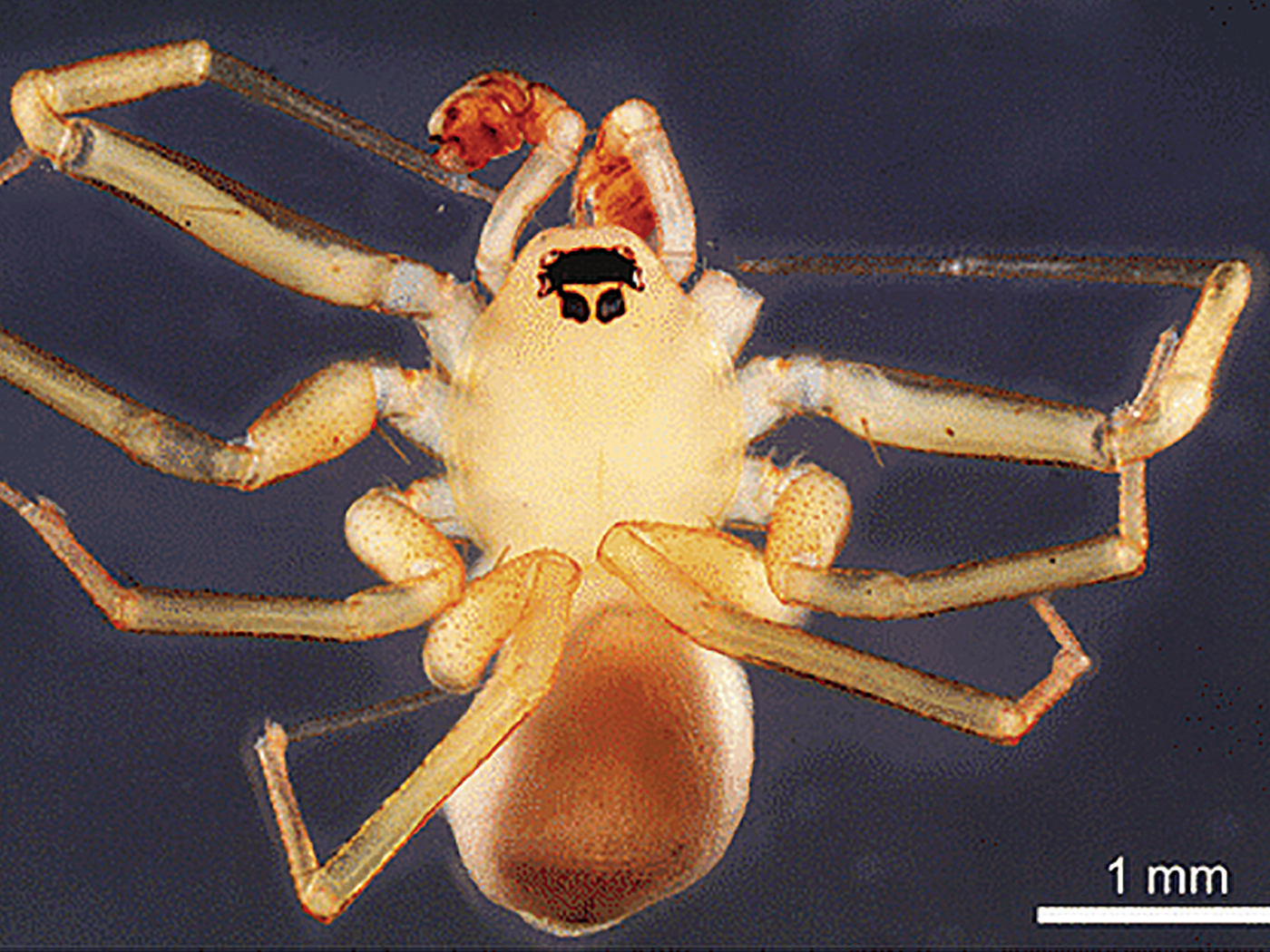As they say in the real estate business, location is everything. It looks like the same working principle applies to genes and their control sequences in the genome during embryo development. And not just the gene’s simple location in a linear sense, but its three-dimensional spatial location.
During the growth of an embryo, genes that direct the developmental processes are precisely switched on and off. This highly complex process contextually confers specific properties to different cells that eventually become the various organs and tissues of the developing embryo. The precise timing and control of these genetic switches is critical to building a properly proportioned healthy animal.
One of the best studied individual genes in this process encodes a protein called “Fgf8” (Fibroblast growth factor 8). There are actually a number of different types of fibroblast growth-factor genes that are not only important for basic cell survival, but also for embryonic development, cell growth, cell differentiation, and tissue repair.
The Fgf8 gene is one of the key embryo development factors in the processes controlling the growth of limbs and several regions of the brain. Researchers at the European Molecular Biology Laboratory (EMBL) have shown how Fgf8 in mice is itself controlled by a large number of interdependent regulatory elements specifically located in various clusters.1 These regulatory elements are involved in what are called long-range DNA interactions in a three-dimensional context. In the cell's nucleus, different parts of the genome are dynamically brought together for specific physical interactions via elaborate DNA loops. This type of highly complex three-dimensional control is emerging as a standard, yet incredibly elaborate paradigm for how genes, and their networks of control, operate.2, 3
As noted in a recent press release by the EMBL research institute, "These findings highlight a level of complexity of gene regulation that is often overlooked. Regulatory elements are not engaged in a one-to-one relationship with the specific gene that has the appropriate DNA sequence. The local genomic organization, and 3D folding of DNA, might actually be more important factors that both modulate the action of regulation elements, and put them in contact with their target gene."4
A brief summary of the findings are listed below:
- The Fgf8 gene encodes one of many key proteins in embryo development and is itself controlled in a complicated fashion by multiple and interdependent arrays of regulatory elements.
- The correct cellular pattern and timing of Fgf8 gene expression during development relies on a combination of complex networked information mediated by its various regulatory elements.
- The physical interaction between regulatory elements that control the Fgf8 gene is based on their specific positions and distribution along a chromosome's landscape that confer coded DNA information in three dimensions.
Gene networks and the DNA features that control their proper contextual function operate via different genomic regions in a coordinated and complex fashion to provide highly specific three dimensional outcomes. This emerging paradigm is clear evidence of highly elaborate bio-engineering by an omnipotent Creator.
References
- Marinić, M. et al. 2013. An integrated holo-enhancer unit defines tissue and gene specificity of the Fgf8 regulatory landscape. Developmental Cell. 24 (5): 530-542.
- Dean, A. 2011. In the loop: long range chromatin interactions and gene regulation. Briefings in Functional Genomics. 10 (1): 3-10.
- Van Bortle, K. and V.G. Corces. 2012. Nuclear organization and genome function. Annual Review Cell Developmental Biology. 28 (28): 163-187.
- European Molecular Biology Laboratory, 2013. DNA’s twisted communication. EMBL Press Release posted on wwwemblde on February 28, 2013, accessed March 29, 2013.
Image credit: Copyright © 2013 EMBL/Mirna Marinić. Adapted for use in accordance with federal copyright (fair use doctrine) law. Usage by ICR does not imply endorsement of copyright holders.
*Dr. Tomkins is Research Associate at the Institute for Creation Research and received his Ph.D. in Genetics from Clemson University.
Article posted April 15, 2013.




















